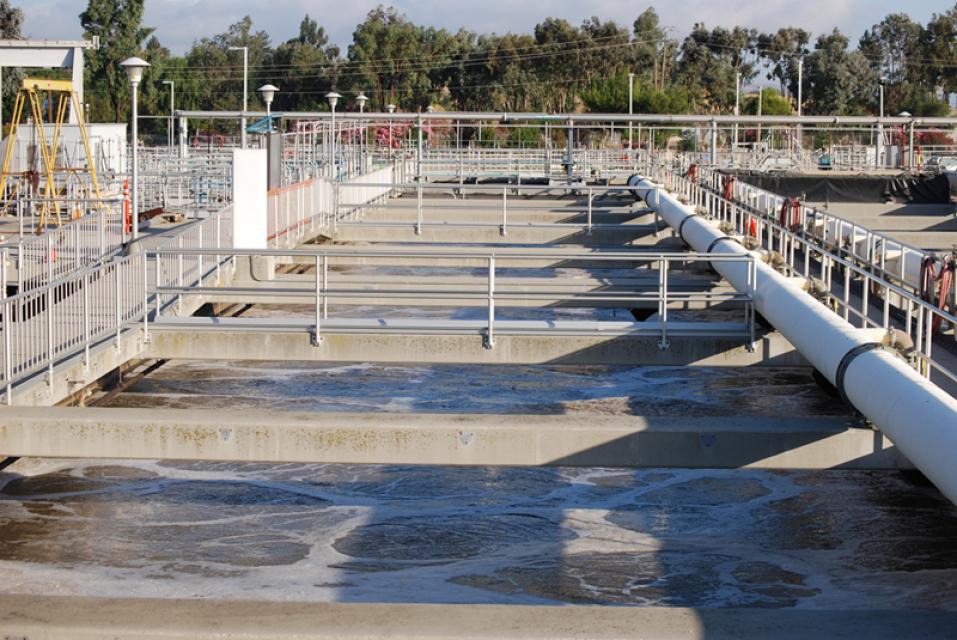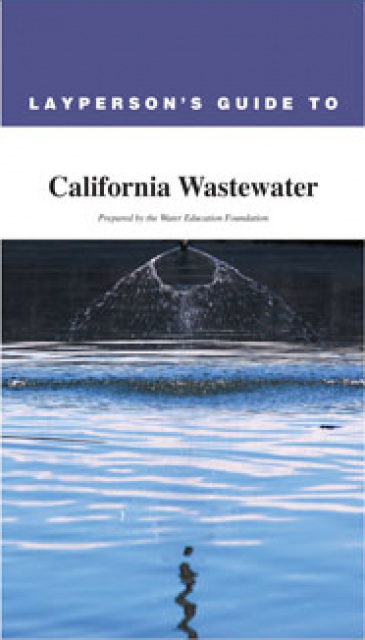Wastewater Treatment Process in California
Wastewater management in California centers on the collection, conveyance, treatment, reuse and disposal of wastewater. This process is conducted largely by public agencies, though there are also private systems in places where a publicly owned treatment plant is not feasible.
In California, wastewater treatment takes place through 100,000 miles of sanitary sewer lines and at more than 900 wastewater treatment plants that manage the roughly 4 billion gallons of wastewater generated in the state each day.
Wastewater Treatment Process in California Overview
California wastewater agencies use several processes to remove contaminants from wastewater and make it suitable for people to use and drink (known as potable uses), or other beneficial uses (known as nonpotable) such as landscape irrigation.
COVID-19 UPDATE: Flushing disinfecting wipes — even so-called “flushable” wipes – as well as paper towels and similar products down toilets will clog sewers and cause backups and overflows at wastewater treatment facilities. This could create an additional public health risk in the midst of the coronavirus pandemic. California’s State Water Resources Control Board has more information here.
Today’s wastewater treatment plants are often complex facilities that use modern technology and reflect advancements in engineering principles and practices, chemistry and microbiology. The wastewater field has a language of its own.
The initial step in the wastewater treatment process is called preliminary treatment and begins as all raw sewage from domestic and commercial sources enters the treatment plant at the plant’s “headworks.” Wastewater flows through bar screens. Large objects — ranging from trash and toys to rocks and branches that could clog or damage plant machinery — are mechanically raked and screened out from the sewage.
After screening, the wastewater enters a grit removal chamber where objects small enough to get through the influent screens such as sand, coffee grounds, eggshells, jewelry and coins sink to the bottom by gravity.
After leaving the grit chamber, wastewater is ready for primary treatment. During this mostly physical process, wastewater is piped into primary settling or sedimentation tanks where heavy particles sink and light particles float. With very few exceptions, wastewater is further treated beyond the primary treatment stage.
During secondary treatment, biological processes are incorporated to remove contaminants dissolved in wastewater with the use of naturally occurring microorganisms that feed on organic materials. After the microorganisms have absorbed and digested the organic materials, the wastewater is sent into secondary sedimentation tanks.
In most situations, secondary treatment must be followed by a disinfection process to kill harmful pathogens (protozoa, bacteria and viruses). Chlorine is one of the most common disinfectants, but ultraviolet disinfection is increasingly used.
Under certain circumstances, additional treatment may be necessary. This additional step is called tertiary treatment or advanced treatment. During these processes, various methods can be used to remove a variety of constituents. One form of advanced treatment is filtration, which is used to remove very small particles.
Wastewater Treatment Process in California Challenges
With water sanitation vital to California’s success, the state’s wastewater treatment systems are at a crossroads.
California wastewater treatment challenges include aging infrastructure in need of upgrades, replacement or expansion; disposed pharmaceuticals, as well as pesticides, herbicides and insecticides and other chemicals of emerging concern; demands on the wastewater system from a growing population; reduced flows due to drought and water conservation; impacts of climate change and extreme weather; and nonpoint source pollutants from stormwater runoff.
Wastewater Treatment Process in California Regulations
There are a variety of state and federal laws regulating wastewater in California. [See also Layperson's Guide to California Wastewater for a complete list of primary agencies involved wastewater.]
Effluent discharge standards to protect human health and the environment are set and enforced by the nine regional water quality control boards in consultation with the State Water Resources Control Board, the overarching regulatory body. In general, the levels of treatment for recycled water use are set by the State Water Board and are based on levels of human exposure and pathways of exposure leading to infection.
State standards for the use of recycled wastewater are regulated by the Water Recycling Criteria, included in Title 22 of the California Code of Regulations, the State Water Board Recycled Water Policy and the 1969 Porter-Cologne Water Quality Control Act. Title 22 requires the State Water Board’s Division of Drinking Water to develop bacteriological and treatment standards for each level of treated water that is recycled or reused. Standards are in place for nonpotable uses, groundwater recharge and reservoir augmentation with recycled water. Regulations are being developed for additional nonpotable uses.










